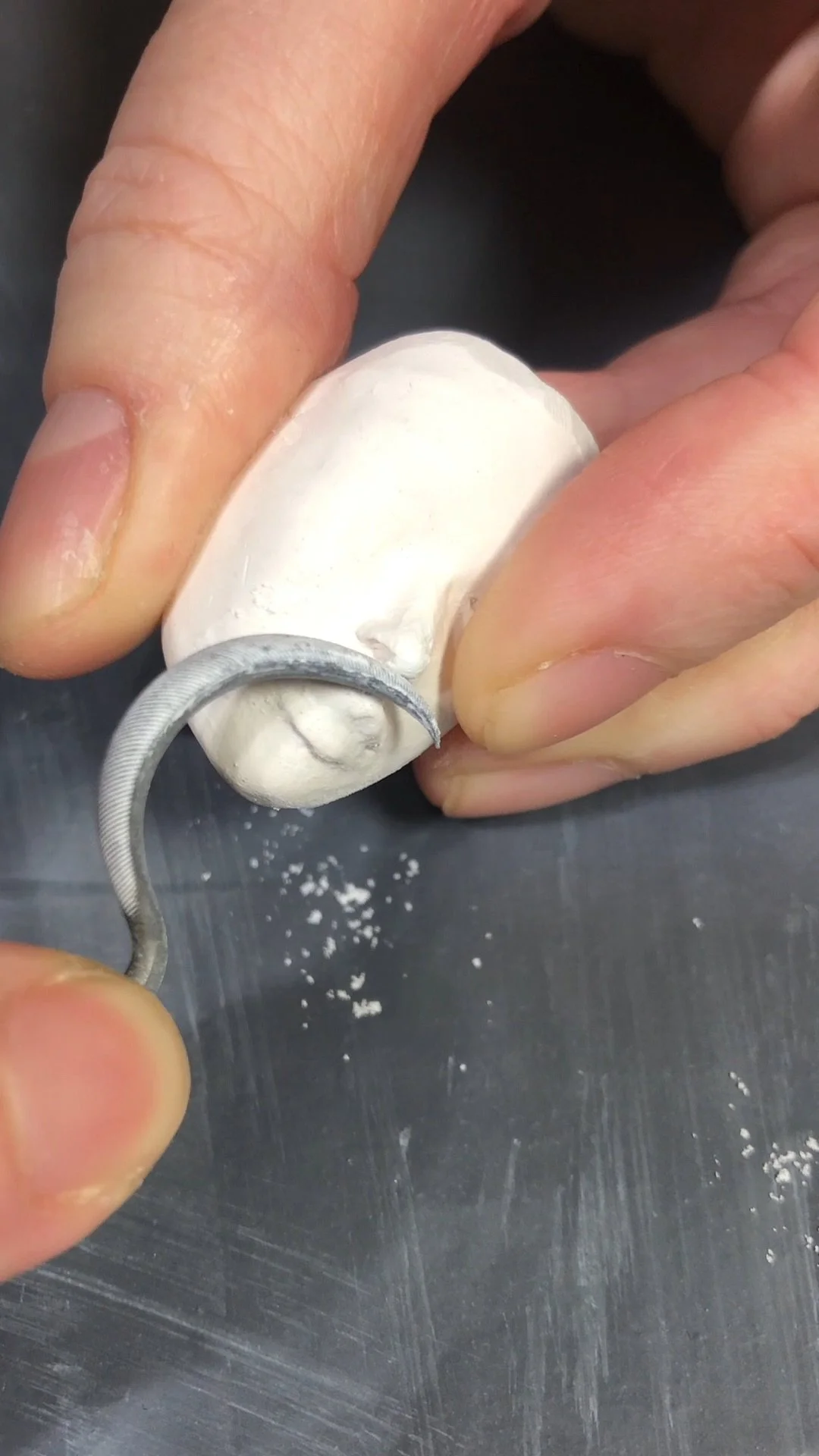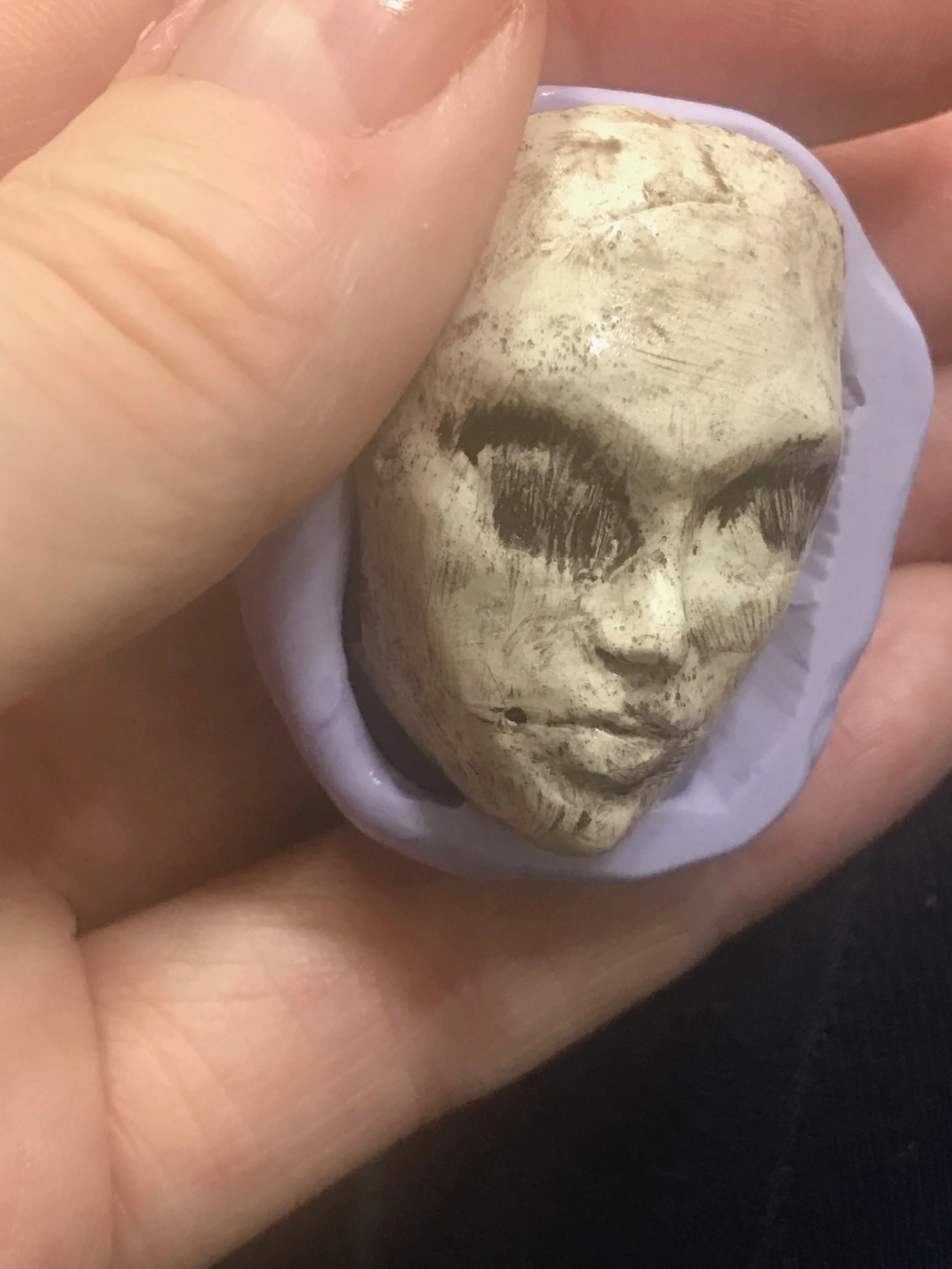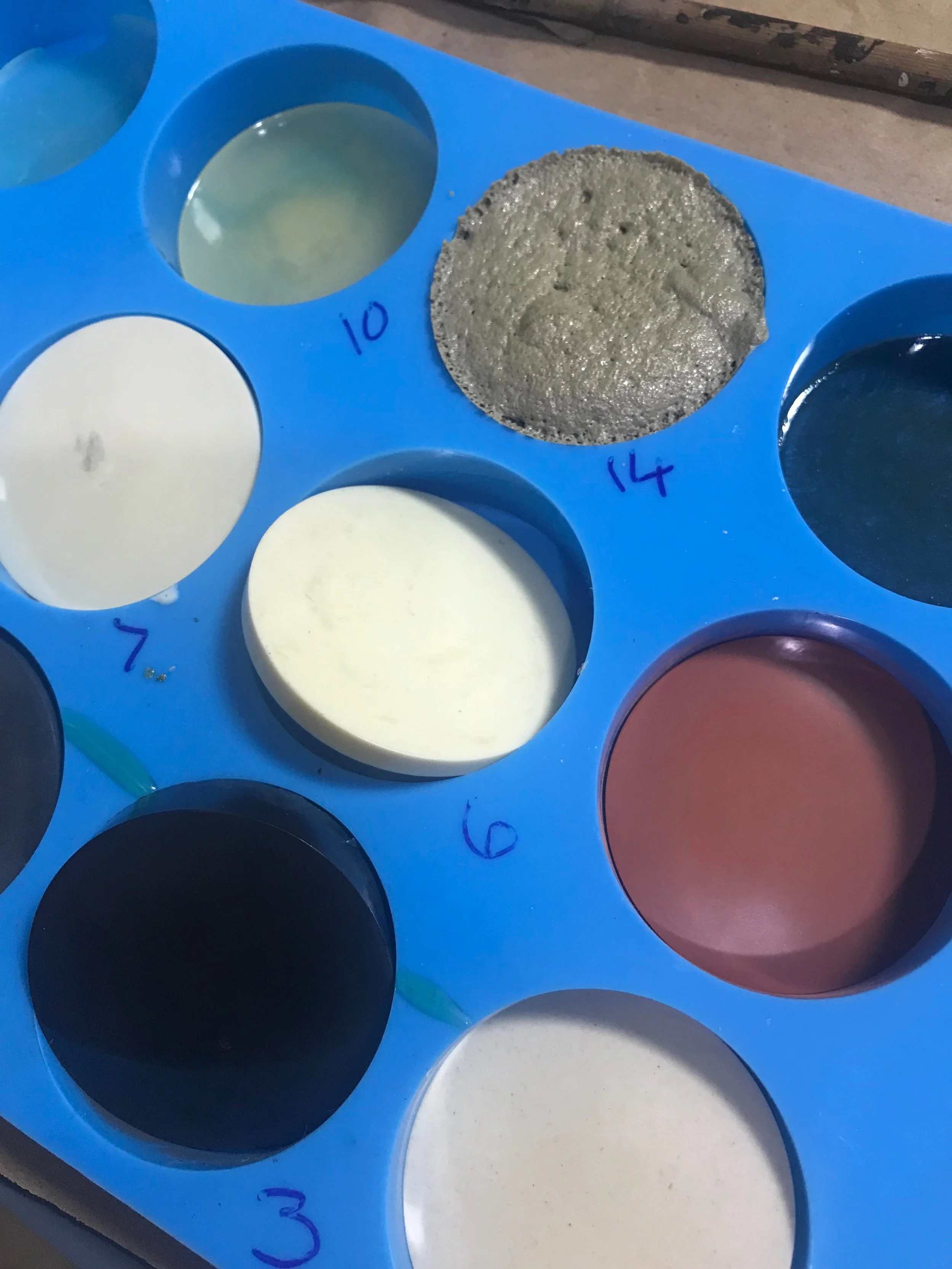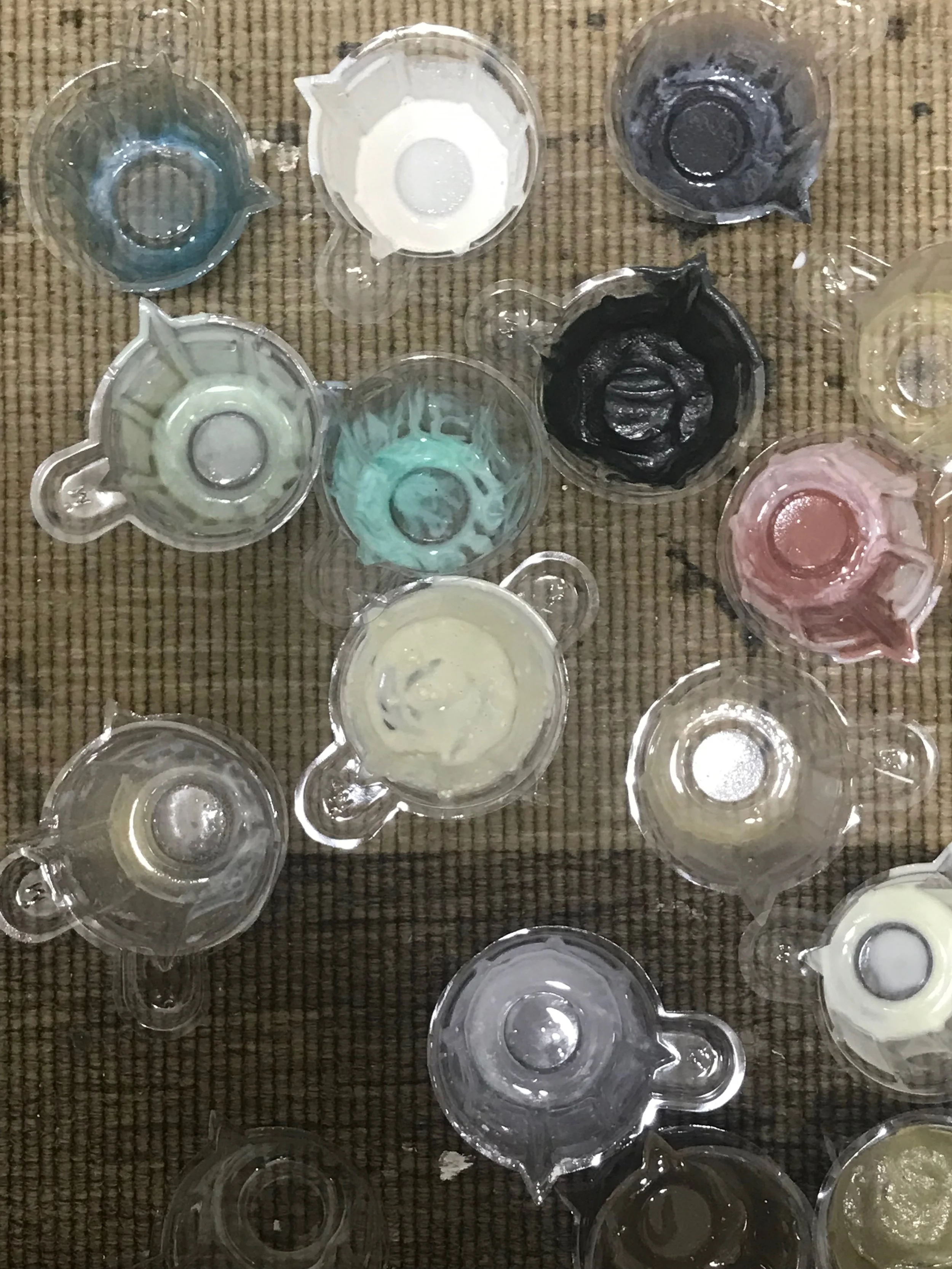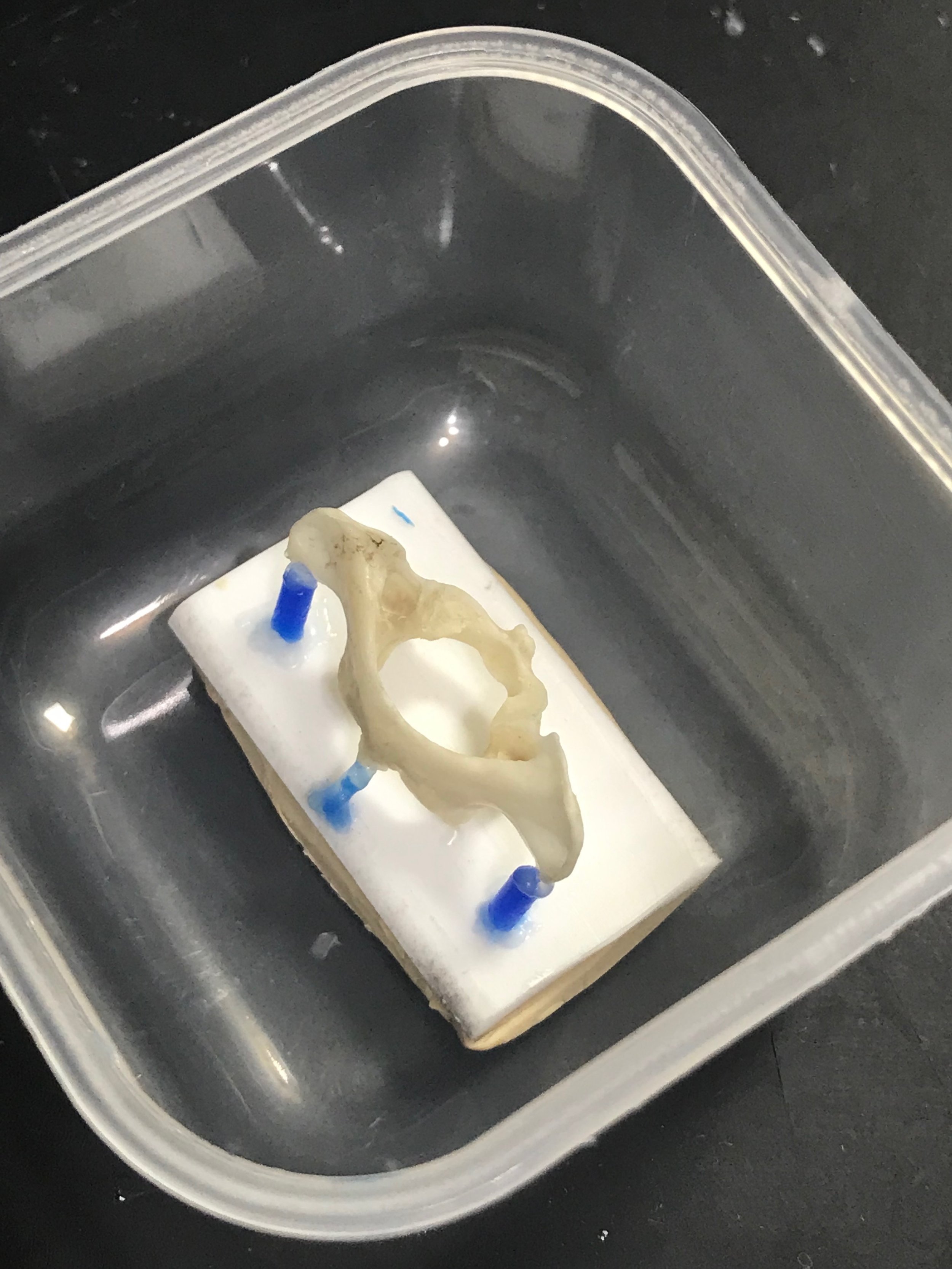cohesion and deviation
Asemic writing, paint casts
Over the last few years I’ve been thinking a lot about how an art practice isn’t a straight line. It grows, pauses, drifts, splinters, comes back together, and then wanders off again. There are periods of cohesion, when things lock into place and old ideas suddenly make sense. And there are periods of deviation, when life, or the work itself, pushes you down a different path. This past year has been a mix of both, and I’ve been trying to make sense of it.
For countless years I’ve been drawn to asemic writing in my work. That gestural, half-readable, tangible energy has always sat comfortably within many of my portraits and still life pieces. At one point I became fascinated with the idea of making that writing more physical, almost raised or textured on the surface of a painting. I tried the most immediate approach of scoring into my paint, and eventually found myself down a rabbit hole of taking negative casts of those marks with silicone moulding materials, then making paint skins from them. From there I travelled into the world of scribing into wax so I could achieve more flow to the writing and broaden the type of moulding materials I could use.
It was inventive, absorbing, and also slightly mad. Everything required a cast of a cast of a cast, and eventually I could feel myself drifting too far from what I consider the heart of my practice: the immediacy of painting on canvas or board. I kept all the notes and test pieces. I never regret experimenting, but I knew I had to set it aside for a while.
Honing plaster cast
Trial painting on cast
Fast forward to earlier this year, and those “abandoned” trials suddenly resurfaced. I realised that although I hadn’t used the techniques directly, the experience had quietly become part of my toolset. With that small amount of silicone casting knowledge under my belt, I began sculpting small heads based on my previous portrait works. I wanted something made entirely by my own hand to incorporate with found objects in future assemblages, an area I’ve wanted to explore for a while.
This was one of those cohesion moments. The modelling waxes I’d learned about years ago, like Chavant and Monster Clay, came back into my hands as if no time had passed. I made moulds from those little sculpts using pourable silicone, then produced casts in plaster and Jesmonite. I learned when to seal them, when to paint or texture them. If the materials weren’t durable enough, I followed the deviation into epoxy and polyurethane resins, which opened up a whole other set of processes, safety considerations and research. I was loving it - the learning, the making, and the expanding sense of possibility. Inevitably, I found myself casting some of the animal bones from my ethically sourced collection, a natural extension of my ongoing fascination with form and surface, and a way of seeing how these elements might eventually speak to one another in the work.
The period of time I’d devoted to these experiments kept expanding, not out of indecision, but because the learning was too valuable to cut short. The plan was to return to painting for a while and let the 3D work sit quietly in the background until I was ready to bring it forward again.
Resin materials testing, casting pucks
Resin mixing cups
And then, life took one of its larger deviations.
At the end of January, Storm Éowyn hit hard. My roof suffered badly, and with no quick repair possible, my energy went into protecting the house, managing water ingress, and dealing with insurance. The threat of the ceiling collapsing hung over everything.
When the roof was finally repaired months later, I learned the lounge ceiling would need replacing anyway. Emptying the room felt like moving house without leaving — boxes stacked across every room, inevitably of course my studio, and even some furniture ending up in the stairwell. Once the ceiling was removed and replastered, I was left with the slow, exhausting job of repainting a three-metre-high Victorian ceiling, walls, and ornate cornice on my own.
It knocked me flat. Physically and mentally. My practice came to a halt in a way I hadn’t expected, and the weight of the whole ordeal took a real toll.
But eventually the repairs were done, the paint dried, the boxes were unpacked, and something in me began to re-surface. Packing up half your life forces you to confront what you value, and I emerged with a quieter, more focused sense of what matters — and where I want my work to go.
Preparation for creating a silicone mould
Rabbit atlas bone. Original (top) and my replica cast (below)
Now, as I return to the studio with a clearer head, I’m looking at both my paintings and these experimental 3D pieces and noticing quiet threads forming between them. My figure paintings often explore presence, identity, and the sense of a person emerging or dissolving. The small sculpted heads feel like physical echoes of that, a kind of three-dimensional companion to the figures on canvas. Even the bone casts have something to say about fragility and the passing of time, themes that have always been part of my work whether I named them or not.
I don’t know yet exactly how these elements will come together, and I don’t feel rushed to find the answer. What I do know is that the deviations have been as important as the moments of clarity. The detours, the delays, the roof calamities; they’ve all shifted me just enough to see the work differently.
So this blog is partly a story of the year so far and partly a marker for myself: I’m back in the studio, picking up the threads, and moving forward again. It would be easy to berate myself for not creating much finished work this year, but I’ve learned to be kinder to myself. Whatever comes next, I’m curious and ready for it, and that, for now, is enough.

